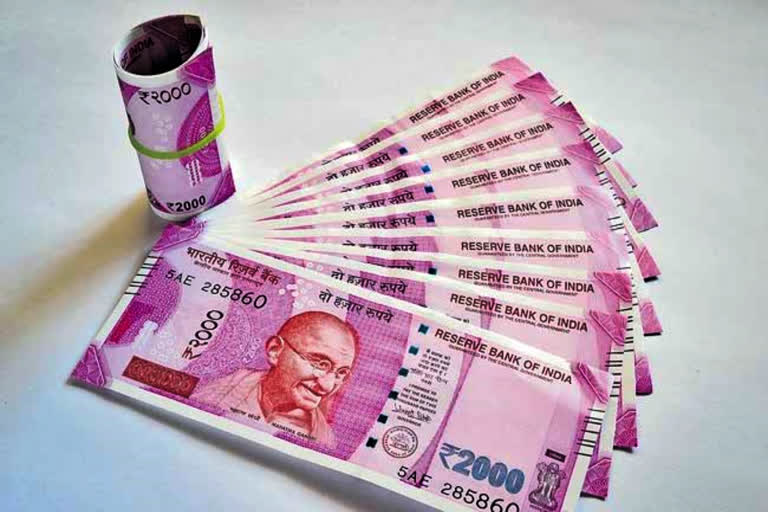Hyderabad: Tax is a complicated matter. It has to be calculated based on factors like your age, earnings, savings, investments and expenses. How much tax one has to pay on earned income and what can they do to reduce this burden? Changes in the new taxation system proposed in Union Budget 2023 have now become a topic of discussion. Let us find out how much scope is there to save tax after the latest changes.
Over the last few years, many steps have been taken to simplify the income tax system. Earlier there was scope to revise the income tax slabs, increase exemption limit and bring in new sections. The Budget 2020-21 has brought in the possibility of paying tax directly as per applicable slabs on idle income without any exemptions.
Those who cannot invest
Many people opt to claim deductions. As there is choice, they are preferring the old tax system to claim exemptions of Rs 1,50,000 under section 80C, home loan interest of Rs 2,00,000, Rs 25,000 under section 80D, interest payment on education loan, NPS (national pension scheme) etc. Less than 1 per cent of all return filers the past financial year opted for the new tax regime. The government has made fresh proposals so that those who cannot invest can choose this. Moreover, it has been changed to 'Default'. But you can make your choice.
Rs 62,500 per month
In the proposed new regime, no tax is applicable up to Rs 7 lakhs. A standard deduction of Rs 50,000 has also been applied. Those whose total income is up to Rs 7,50,000 do not need to pay any income tax. It means that all those earning up to Rs 62,500 per month are exempted from tax. Ten years ago, this income would have been taxed at Rs 82,400. It is noteworthy here that the number of columns has also been reduced in the new tax system. Over 30 percent tax bracket has been maintained for those whose income exceeds Rs 15 lakhs.
Lower tax burden
Taxpayers prefer a less regulated, less taxed system. Those with high exemptions are increasingly opting for the old tax regime. There is a new tax regime that provides higher benefits to those with lower exemptions. Choose the regime with lower tax burden. For some, the old method may be beneficial. This is entirely dependent on their various tax saving investments, housing and education loan interest payments.
Increasing inflation
The old tax slabs currently in force were fixed in 2013. That was almost 10 years ago. Since then the tax has to be paid in the slabs which have not been adjusted with increasing inflation. If the taxable income is more than Rs 5 lakh, 20 percent tax is to be paid and if it is more than Rs 10 lakh, up to 30 percent tax has to be paid. So, whatever method is to be calculated should be calculated once completely. The Income Tax Department also provides a special calculator for this on its portal. Use it and make an appropriate decision.
Slabs on taxable income
In next financial year 2023-24, if your total income is less than Rs 7.5 lakhs, choose new tax system without any second thought. No need to show evidence of savings and investment for exemptions. Total income is the sum of all income earned by you in a financial year including salary, dividends, interest, rent etc. This is also known as gross income. As per the Income Tax Act, tax will be imposed on the remaining total taxable income after deductions as per slabs.



